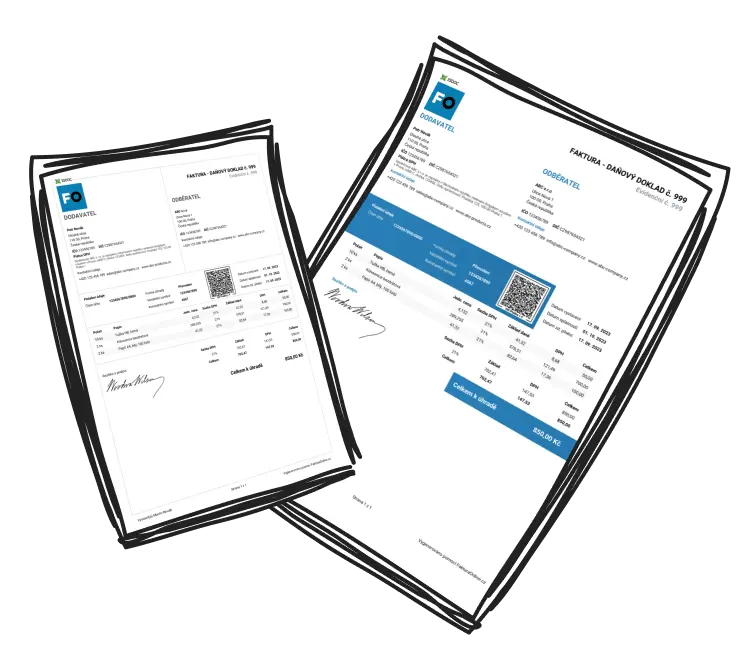Explore innovative methods your team can employ immediately. Adopting diverse planning strategies can significantly elevate team performance and productivity. Consider these impactful examples:
SMART Goals: Set project objectives that are Specific, Measurable, Achievable, Relevant, and Time-bound. These promote clarity and enforce responsibility.
Kanban Boards: Use visual workflows with real-time columns such as 'To Do', 'In Progress', and 'Done'.
Weekly Check-ins: Hold regular meetings to review progress, tackle obstacles, and adjust priorities.
Prioritisation Matrices: Utilise methods like the Eisenhower Matrix to differentiate between urgent and non-urgent tasks.
Integrated Collaboration Tools: Platforms like Trello, Asana, and Jira streamline workflows and maintain team alignment.

Tip: Setting SMART Goals
Identify precise objectives and monitor progress to ensure your team's goals are both clear and achievable. Rather than aiming to 'improve sales', target specifics such as 'boost monthly sales by 15% within Q1.'
Improving Organisation Through Planning Examples
Minor adjustments to your current methodologies can lead to significant enhancements in project organisation. Implement these steps to incorporate effective planning tools into your process:
Identify Present Challenges: Pinpoint where your team faces issues in communication, task prioritisation, or meeting deadlines.
Select Appropriate Tools: Choose planning strategies tailored to your team's objectives, such as Kanban boards for visual management or meeting frameworks for organised sessions.
Raise Team Awareness: Offer training or resources to familiarise your team with the new tools.
Track Progress: Monitor outcomes after tool implementation and tweak processes based on team input.
Evaluate Results: Compare project outcomes before and after incorporating planning examples to measure improvements.
Key Steps in Summary
Understand needs.
Choose tools wisely.
Inform your team.
Observe and adjust.
Review progress.
Managing Projects with British Planning Success
Facing trouble hitting deadlines or communicating effectively? These strategies offer solutions. Implement proven planning examples to simplify project management and prevent disorder:
Gantt Chart: A visual timeline that delineates project stages and dependencies, guaranteeing deadlines are upheld.
Daily Stand-ups: Keep team members in sync with brief meetings that provide updates and predict obstacles.
Milestone Planning: Break down large projects into smaller, manageable objectives to celebrate successes and maintain momentum.
Risk Assessment Frameworks: Categorise risks by probability and impact to plan preemptive solutions.
Task Dependencies Checklist: Ensure all essential tasks are completed on time to avoid critical delays.

Example: Setting Up a Gantt Chart
Visual timelines aid teams in staying organised—for instance, utilise a Gantt chart to clearly display overlapping tasks and their deadlines, simplifying scheduling.
Tailored Strategies for Distinctive Teams
No two teams are the same—here's how to find the right fit for yours:
For Tech Teams: Agile or Scrum strategies streamline workflows and manage tasks via JIRA or GitLab.
For Creative Teams: Brainstorming frameworks and prototype timelines encourage collaboration and timely deliveries.
For Cross-functional Teams: Resource allocation charts assure fair distribution for seamless collaboration.

Never implement tools blindly. Always trial new systems with a small group to confirm they mesh with your team's operations.
Project Organisation Expertise Through Strategic Planning
Attain project organisation mastery by employing actionable examples. Structured planning strategies establish a roadmap for success by clarifying goals, enhancing collaboration, and curtailing chaos.
Through the adoption of structured techniques like SMART goals, Gantt charts, and resource management tools, teams foster an environment of accountability and effectiveness, ensuring long-lasting success.

